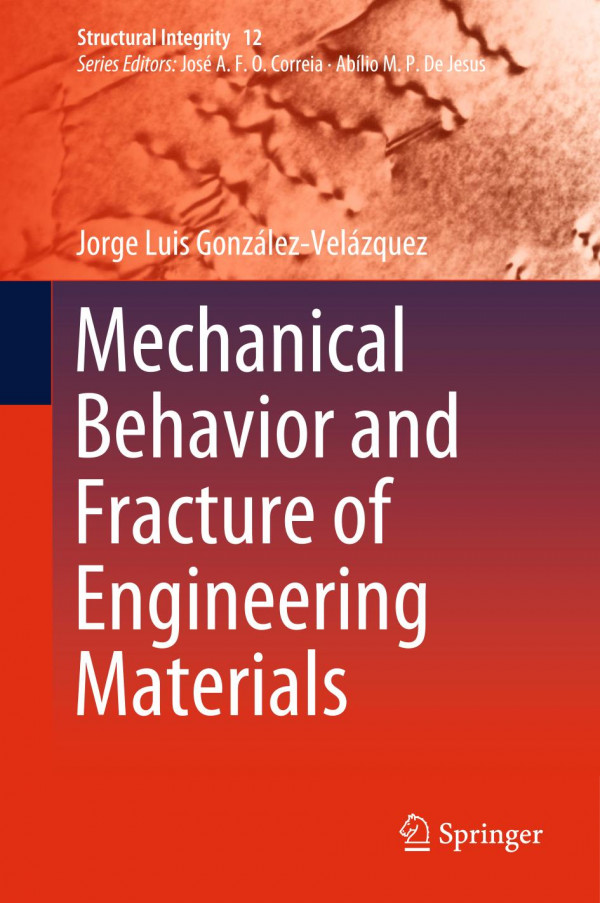

Most ebook files are in PDF format, so you can easily read them using various software such as Foxit Reader or directly on the Google Chrome browser.
Some ebook files are released by publishers in other formats such as .awz, .mobi, .epub, .fb2, etc. You may need to install specific software to read these formats on mobile/PC, such as Calibre.
Please read the tutorial at this link: https://ebookbell.com/faq
We offer FREE conversion to the popular formats you request; however, this may take some time. Therefore, right after payment, please email us, and we will try to provide the service as quickly as possible.
For some exceptional file formats or broken links (if any), please refrain from opening any disputes. Instead, email us first, and we will try to assist within a maximum of 6 hours.
EbookBell Team

4.0
36 reviewsThis book presents the theoretical concepts of stress and strain, as well as the strengthening and fracture mechanisms of engineering materials in an accessible level for non-expert readers, but without losing scientific rigor. This volume fills the gap between the specialized books on mechanical behavior, physical metallurgy and material science and engineering books on strength of materials, structural design and materials failure. Therefore it is intended for college students and practicing engineers that are learning for the first time the mechanical behavior and failure of engineering materials or wish to deepen their understanding on these topics.
The book includes specific topics seldom covered in other books, such as: how to determine a state of stress, the relation between stress definition and mechanical design, or the theory behind the methods included in industrial standards to assess defects or to determine fatigue life. The emphasis is put into the link between scientific knowledge and practical applications, including solved problems of the main topics, such as stress and strain calculation. Mohr's Circle, yield criteria, fracture mechanics, fatigue and creep life prediction. The volume covers both the original findings in the field of mechanical behavior of engineering materials, and the most recent and widely accepted theories and techniques applied to this topic. At the beginning of some selected topics that by the author's judgement are transcendental for this field of study, the prime references are given, as well as a brief biographical semblance of those who were the pioneers or original contributors. Finally, the intention of this book is to be a textbook for undergraduate and graduate courses on Mechanical Behavior, Mechanical Metallurgy and Materials Science, as well as a consulting and/or training material for practicing engineers in industry that deal with mechanical design, materials selection, material processing, structural integrity assessment, and for researchers that incursion for the first time in the topics covered in this book.